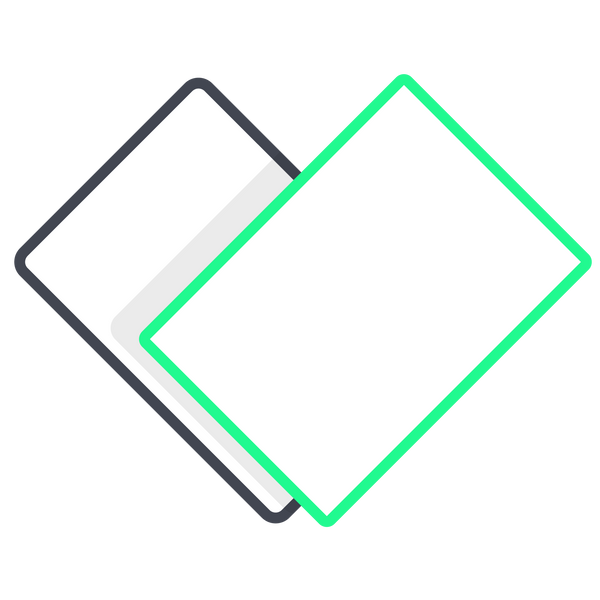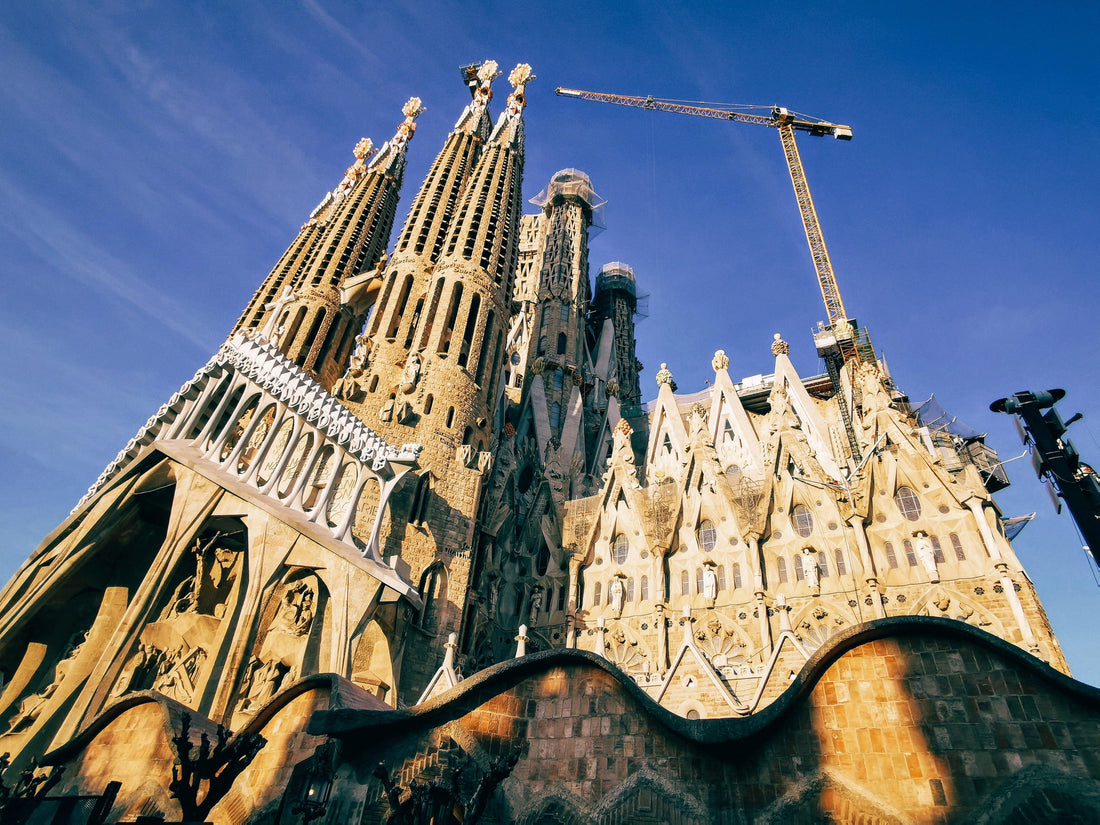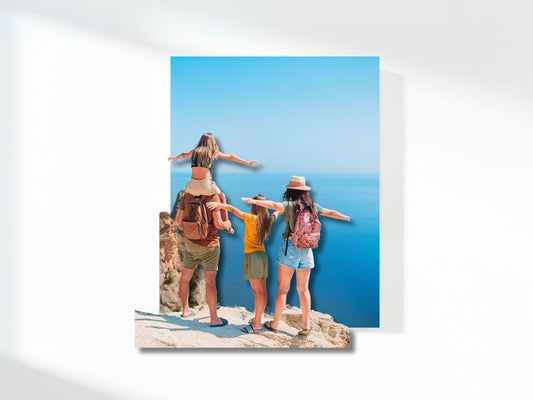Lenticular printing is a technology where the use of lenses creates depth or change when you view the print from a different angle.
The technology has been around for some time. You may recognize these types of prints from the past. Then you ran your nail over the print and it made such a high-pitched sound.
In this blog post you can read more about how the lenticular technique came about and how it works!
When were lenticular prints invented?
The idea of lenticular prints goes all the way back to the 16th century. Even though they couldn't make the same prints then as we can now, the idea of a changing picture started at this time. This was then called “tabula scalata”.
This way of making prints is still done! In the photo you can see what this looks like.
The current method of lenticular printing was invented at the end of the 19th century. The first commercial lenticular products were patented in 1906. The technology of these prints got better and better. Then they could also create 3D effect with these lenses. Other effects were added later, such as 'morph' and 'zoom'.
How were lenticular prints used?
Many different products have been made with these lenticular prints. For example, in the 1950s and 1960s, so-called 'flasher badges' were made for political campaigns and pop stars. These were made for Elvis Presley, Beatles and Rolling Stones.
The prints were used in the 20th century for simple marketing materials to help train for WWII.
How does the lenticular technique work?
Multiple photos are combined using software. The images are printed together in very thin lines. The lenticular lens goes over these lines and does all the work.
A lenticular lens also consists of many small lines next to each other. Each line is its own lens and is convex at the top. Because it is convex, the light that enters it is bent towards the plates.
Because you look at the poster from one side, the light falls on the lines of one of the pictures. This will merge all the lines of the photo into one whole and you will see a complete picture appear!
If you view the poster from the other side, the light is bent towards the other picture and it appears.
This way you can get two different pictures in one poster!




